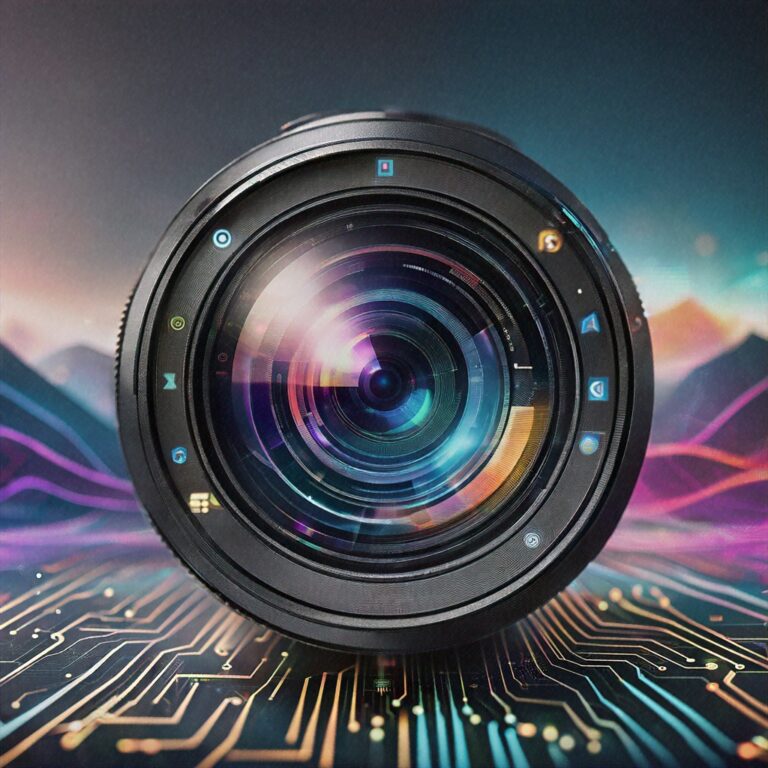
(Source: Shutterstock)
LandingAI, the visual AI company founded by Andrew Ng, recently made two major product developments: a partnership with Snowflake Cortex AI to bring real-time visual inspection to automotive manufacturers and upgrades to its agentic document extraction (ADE) system, which is built to surpass legacy tools and extract insights from even the most complex unstructured documents.
To understand how these announcements are shaping LandingAI’s overall strategy and what it means for the industry, I spoke with LandingAI CEO Dan Maloney. He said the company’s secret sauce lies in its focus on agentic vision technologies, combining advanced computer vision with agentic AI to solve complex visual problems.
Maloney shared how the company’s agentic vision is pushing the boundaries of automation and why these moves signal a larger transformation in how enterprises harness AI.
LandingAI’s integration with Snowflake Cortex AI demonstrates how its AI tools are reshaping manufacturing processes. By integrating its AI-powered inspection and document intelligence platform into Snowflake’s AI Data Cloud for Manufacturing, LandingAI enables manufacturers to automate quality control, like automatically flagging defective parts on the production line or checking assembly components.
Maloney shared that the Snowflake partnership didn’t happen overnight. “We first connected with Snowflake about two years ago when they had asked us to come and speak at the Snowflake Summit,” he recalled. Maloney already knew the Snowflake team from his time at Zepl, a company he founded and later sold to DataRobot, which helped spark the early connection.
 One of Snowflake’s focus areas was to move beyond structured data and become a platform for all types of data, and that is where LandingAI could play a key role. LandingAI’s visual inspection product, LandingLens, runs natively within Snowflake’s ecosystem. This simplifies deployment across AWS, Azure, and Google Cloud environments.
One of Snowflake’s focus areas was to move beyond structured data and become a platform for all types of data, and that is where LandingAI could play a key role. LandingAI’s visual inspection product, LandingLens, runs natively within Snowflake’s ecosystem. This simplifies deployment across AWS, Azure, and Google Cloud environments.
As LandingAI makes its products run inside Snowflake, it makes it easier to get approval from security-conscious customers. “Anything that runs in Snowflake, customers are almost comfortable saying yes, we’ll run that solution,” Maloney said. “By integrating with Snowflake, that opened up their install base for us to deploy more easily.”
Maloney explained that automotive isn’t LandingAI’s only focus; however, given that the company had long-standing experience in the sector, it made a strong fit for the Snowflake partnership.
“Automotive has so many different use cases – we’ve worked with various automotive providers to do everything from using X-rays to look inside door panels to make sure all the right bolts and components are there. You do that with visual inspection using computer vision. You’re looking for scratches on the outside of the frame, you’re looking for paint matching and other dynamics and elements.”

LandingAI CEO Dan Maloney
When asked if LandingAI plans to expand into other industries, Maloney confirmed that it already has. “We started with manufacturing and healthcare, and life sciences was the next group,” he said. “And then I’ll say beyond that, we’re actually going to be bringing some new products to market.”
Talking about products, Landing AI upgraded its Agentic Document Extraction (ADE) to enable fast document processing. Maloney acknowledged that while traditional OCR (optical character recognition) methods work well with text-heavy and structured documents, however, they often struggle when data becomes more complex.
According to Maloney, applying LandingAI’s visual AI solutions was a natural fit for the document world, which he described as almost semi-structured compared to the messy real-world challenges the company had already been tackling in the automotive space.
Using proprietary visual models with large language models (LLMs), LandingAI was able to achieve results that were beyond what traditional OCR can handle. “I often talk about LLMs being blind, and we’re kind of like LASIK for LLMs,” Maloney said. The company is now adding new capabilities like confidence scoring and visual grounding to document extraction, drawing on techniques it has already applied successfully in object detection.
Talking about the company’s competitive edge, Maloney emphasized that when it comes to domain-specific expertise, like visual AI, LandingAI offers depth that the hyperscalers will find it challenging to match. However, some tools or elements from other companies might actually support LandingAI’s solutions.

(Source: Shutterstock)
His perspective is that while some of the larger players in the industry focus heavily on language and text, the visual space remains a harder technical challenge. However, he expects it to be the next big frontier.
One of the major challenges agentic reasoning can address is accuracy – reducing hallucinations and ensuring trustworthy outputs. Maloney noted that many AI applications demand high accuracy, and that’s where companies like LandingAI, with its agentic vision capabilities, can make a significant impact.
LandingAI’s push into agentic reasoning and visual AI holds real promise. While the ultimate industry impact is still unfolding, it’s a company worth keeping an eye on.
This article first appeared on BigDATAwire.

